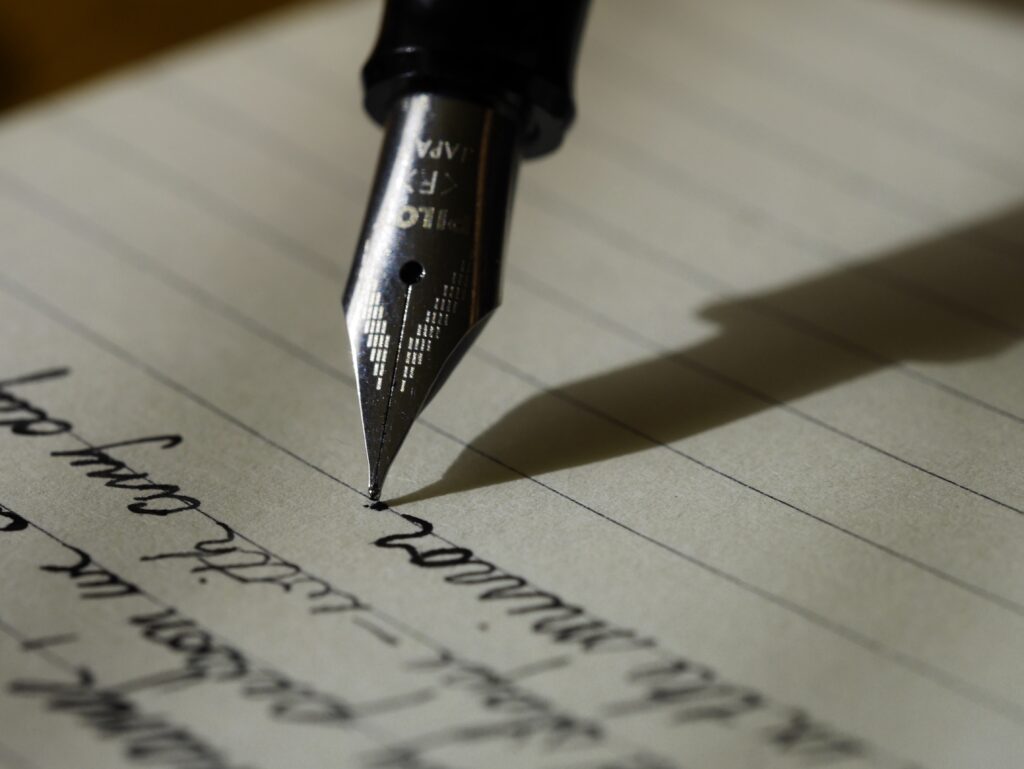Looking for a Russian handwriting translation? Seems like with your gadget connected to the Internet it shouldn’t be a problem. There are quite a lot of apps and online tools helping to convert any cursive to a text document and translate it to any target language. But are they reliable? Let’s try out a software for automated character recognition and translation and see if they can dominate a human translator in the foreseeable future.
Russian Text Recognition
I’m sure you came across a recaptcha while surfing the Internet. This is a security tool used on websites to determine whether a user is a human or a computer program.
Do you know that the Russian browser – Yandex – still uses distorted text to detect bots? Users might be asked to transcribe such messages from scanned books and newspapers that are being digitized. The distortion involves applying various visual transformations to the text, such as warping, skewing, stretching, blurring, and adding noise.

These alterations can make the word combination challenging for optical character recognition (OCR) software to interpret correctly. Sometimes, handwritten sentences from old documents are used, which are difficult for machines to decipher. Here are the examples of distorted texts used for distinguishing between human users and automated bots.
The main idea is to use texts that computers might have difficulty interpreting correctly but are relatively easy for humans to understand. It means that automated bots still struggle to recognise even printed words typed in an unstandard manner.
But when it comes to cursive, we can guess that a more or less average modern adult handwriting is even much harder or even impossible for an OCR software to read accurately. Old Russian writing could probably be a greater problem.
Russian cursive recognition
Here’s just a short quiz. Choose the correct answer:
- All Russians write in cursive the way it is taught in textbooks.
- They have their own way of writing the letters, their own font.
Right you are! Of course, everyone has their own individual style. Textbook cursive was designed as something perfect and exactly with the idea of further development of a unique personal cursive in mind. So, let’s test how an OCR software will read just one sample page with a modern Russian cursive.
Firstly, I simply uploaded a picture with it and tested a free public AI model for handwritten text recognition. Just look what I got.
Actually, you don’t need to know the language to understand that the recognition results do not reflect the meaning of the original content AT ALL!
Of course, the presented sample is not the neatest one, but it is still legible for a native Russian speaker. That’s why in the field of cursive recognition human transcribers shine, offering highest quality Russian handwriting to text services.
Russian Handwriting Translation
Secondly, let’s imagine what results we can get using an automated tool to translate the message to English. Just try to type at least one of the displayed Russian words from the example above into any online translator and see what you get. You’ll receive anything, because none of the recognised words exists in the language!
Even if you get perfect recognition results (which is unlikely), the quality of an automated translation won’t impress you greatly. I’ve been offering linguistic help (Russianlanguage.services) for 20+ years, and sometimes use machine tools. The output often makes me laugh, believe me!
The thing is that translation often involves reading between the lines and even understanding the significance of what is NOT said. Even the smartest Neural Network is likely to fail such challenges. Routine translation tasks are now being handled by MT engines. But if your document contains irony, obfuscation, wit or even simple word play, the human brain is still best placed to do that document justice.
To sum it up, machine translation is not yet sophisticated enough to replace human translators. Translating manually, professionals can apply their ability to interpret the context, intention and nuance of a text that machines cannot. So, for Russian writing translation, hire a native-speaking expert!
Benefits of Hiring Our Russian Cursive Translator
Professionalism
All our translators graduated from linguistic universities. They are experts in both the source and target languages and have vast experience in Russian cursive recognition and translation.
Native Speakers
Engaging a native translator adds credibility to the translation process, as they are recognised experts in their language and culture. Our native Russian experts have experience with various styles of handwriting, making them more adept at accurately transcribing and translating the content. Moreover, they can better understand the cultural and historical context of the message, helping them preserve the intended meaning and emotions behind the text.
Precision
Our team produces high-quality translations that capture the essence of the original text. We can ensure that the translation remains faithful to the tone and intent of the handwritten content. Our translator’s familiarity with variations in individual writing styles can help them navigate potential uncertainties and provide more accurate translations.
Reasonable Price
Visit our website and get surprised with our low rates. Our team provide Russian writing translation services from only ?0.03 per word. On top of that, discounts for large orders can be applied. Please mind the cost may vary depending on the text illegibility.
Contact us now to get your free quotation! No matter if you need to translate Russian to English letters or another piece of writing, our expert translators will get you covered!
In summary, hiring a native Russian translator for translating handwriting into English offers the assurance of accurate, culturally sensitive, and contextually relevant translations, which is particularly important for preserving the integrity and meaning of handwritten materials.

